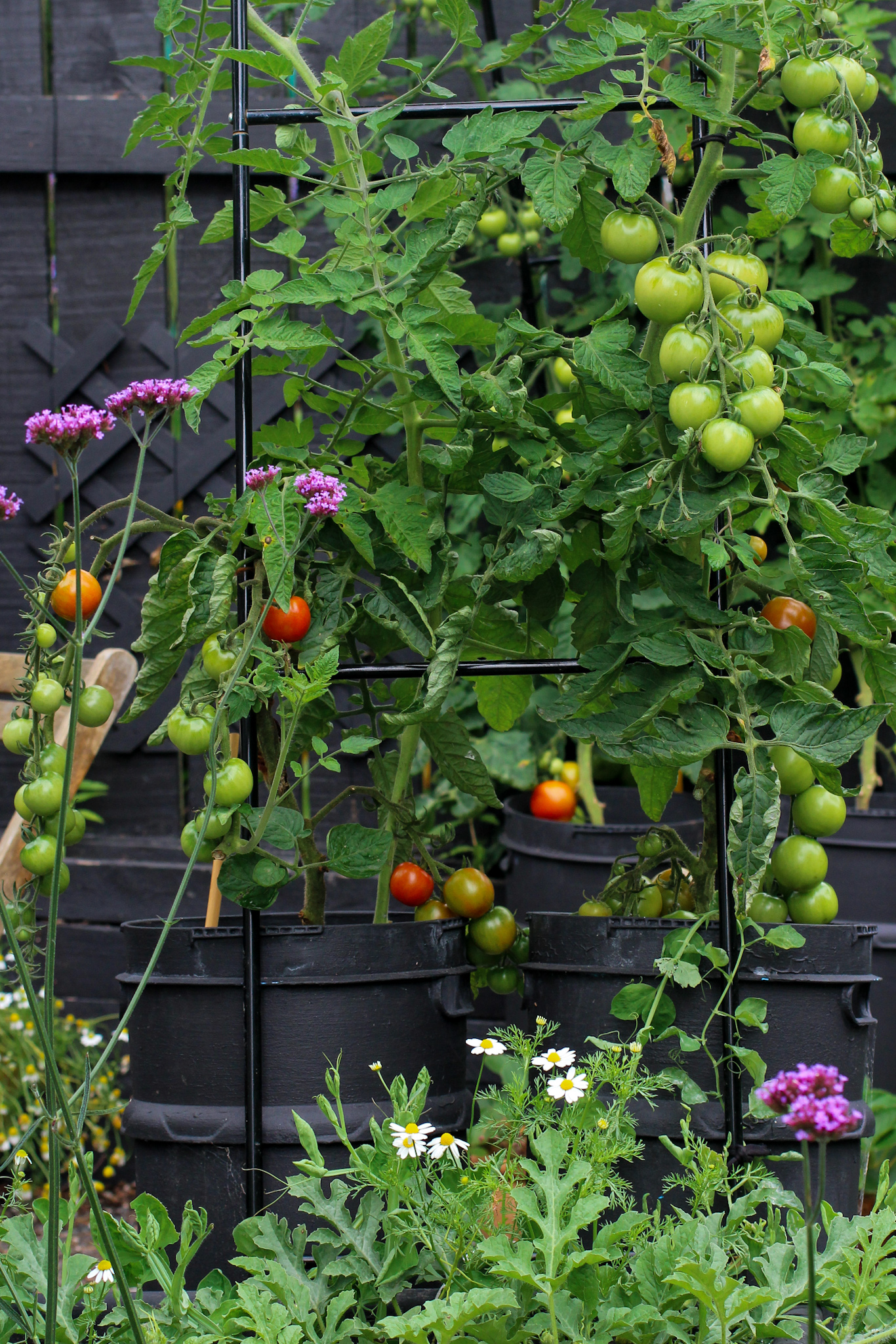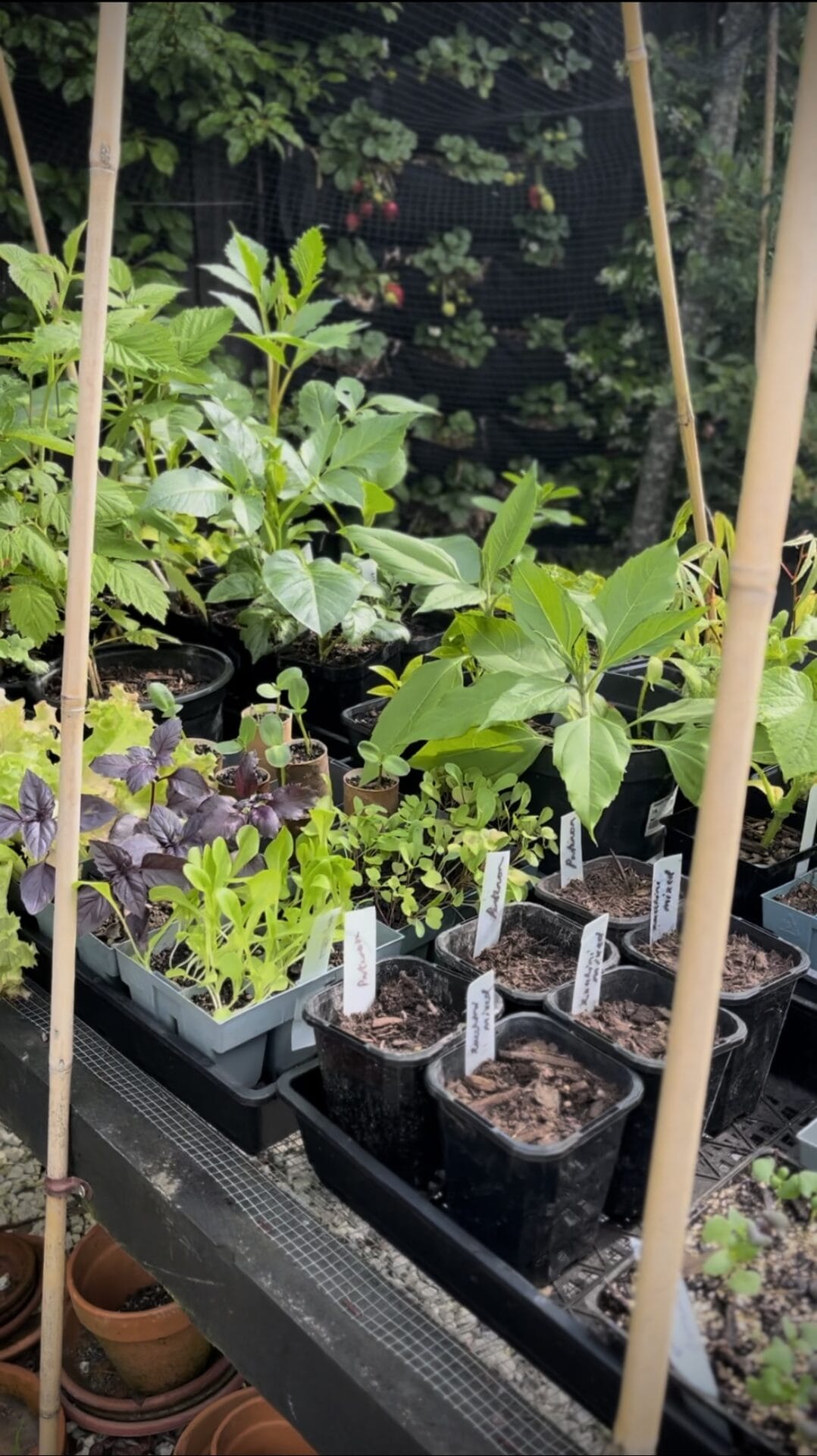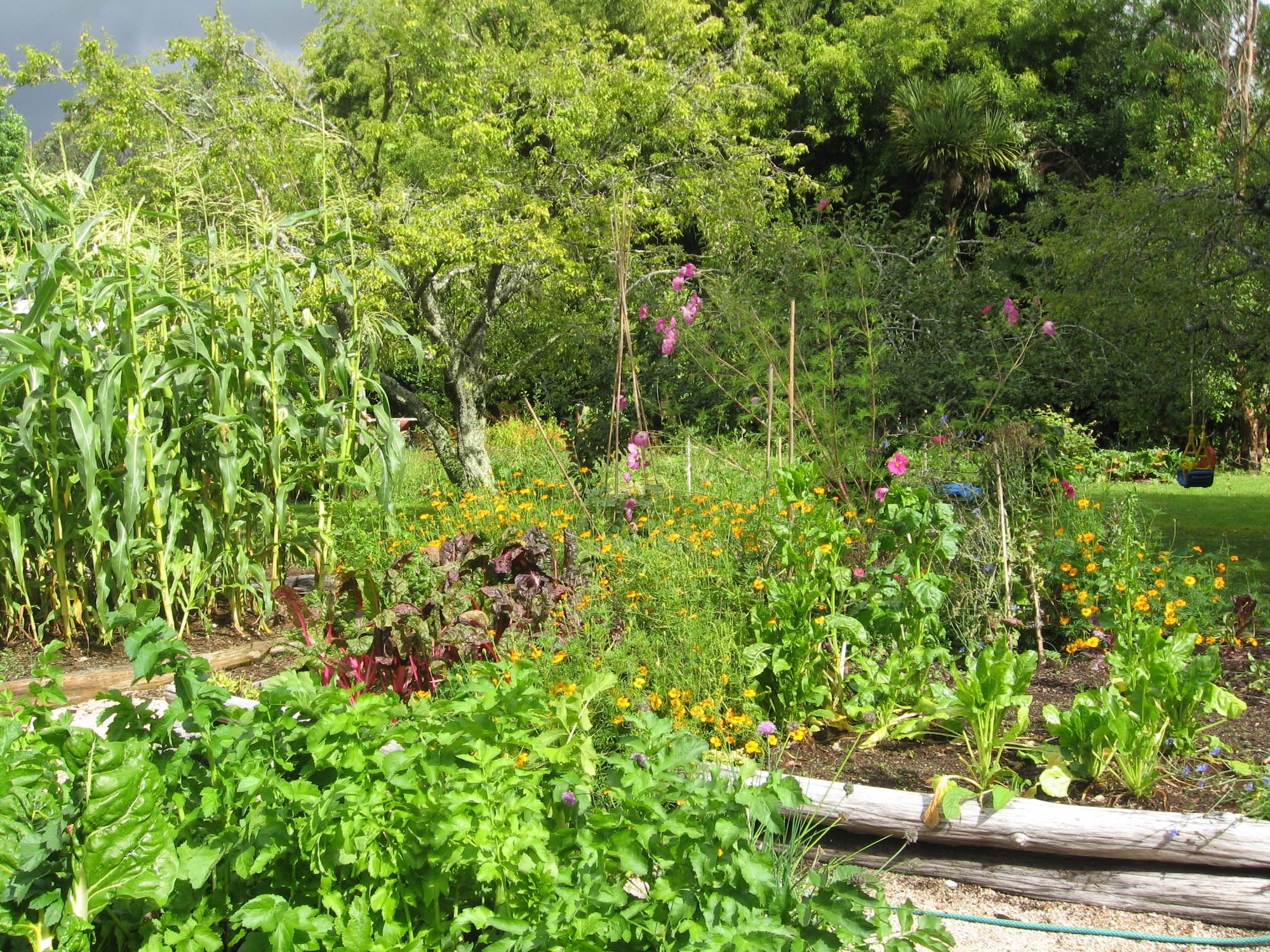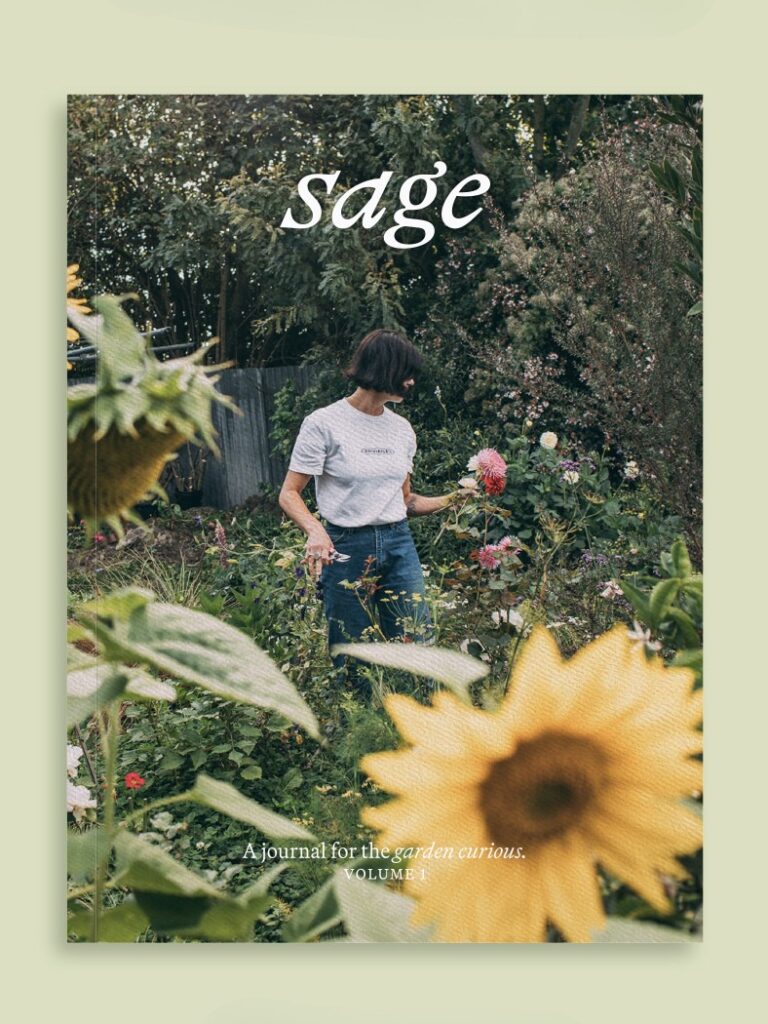Your cart is currently empty!
Sowing success | Autumn seed sowing tips
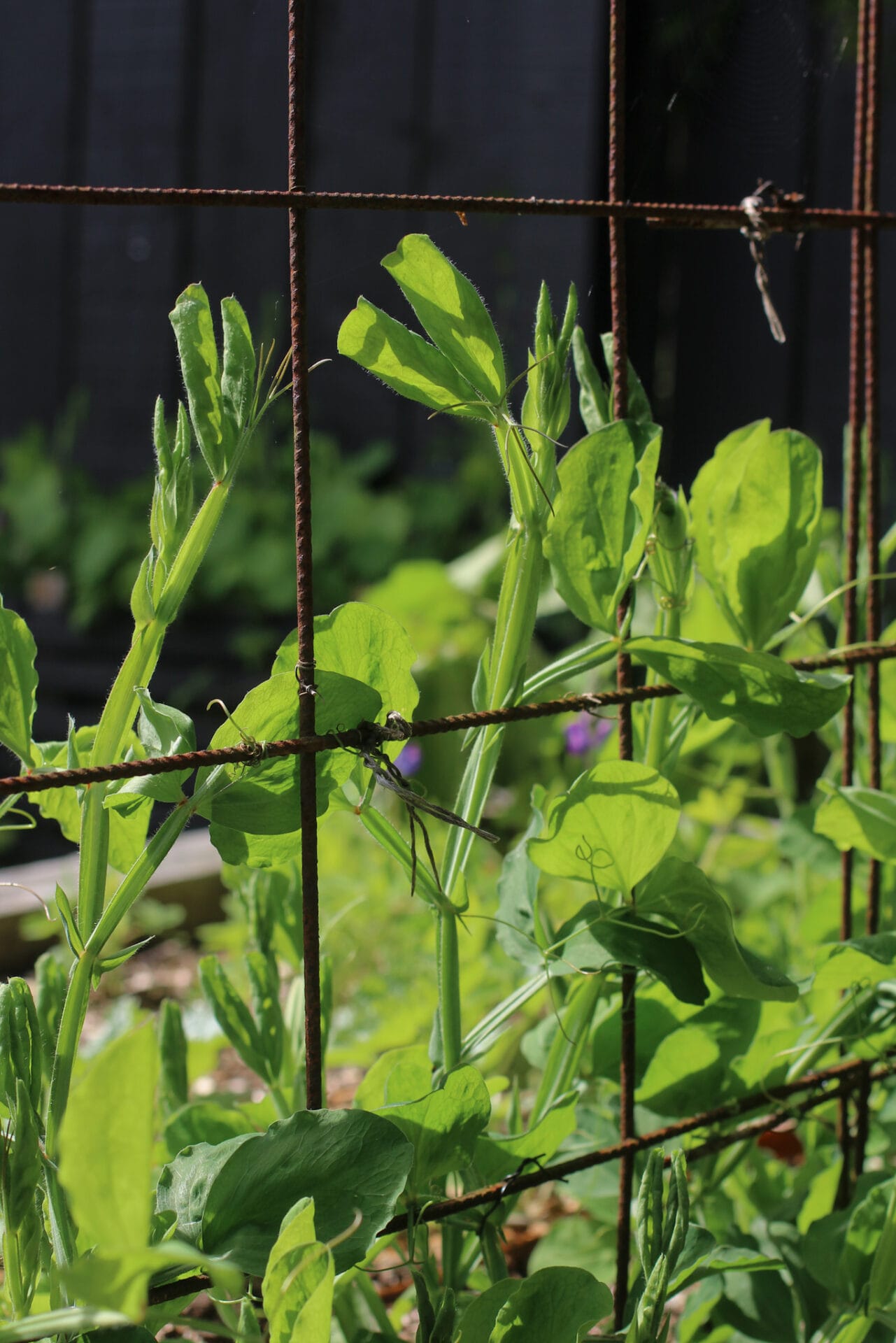
Sowing success | Autumn seed sowing tips
Learn how to sow hardy annuals in autumn with key tips on spacing, direct sowing vs. seed trays, and the best methods for growing sweet peas, sugar snaps and snow peas.
Autumn is a season of quiet preparation, laying the groundwork for a bursting garden come springtime.
It’s the perfect time to sow hardy annuals, ensuring strong early growth before winter’s chill sets in. But knowing what to sow, where to plant, and how to give seedlings the best start can make all the difference.
What are hardy annuals? Should you direct sow or start in seed trays? How much space do young plants need? And what’s the best approach for favourites like sweet peas, sugar snaps and snow peas? This guide, written by Phoebe Atkinson of Nga Kaupeka, explores the key considerations for autumn seed sowing.
For more in depth information on what to be sowing in autumn, head over to our full Autumn Seed Sowing Guide.
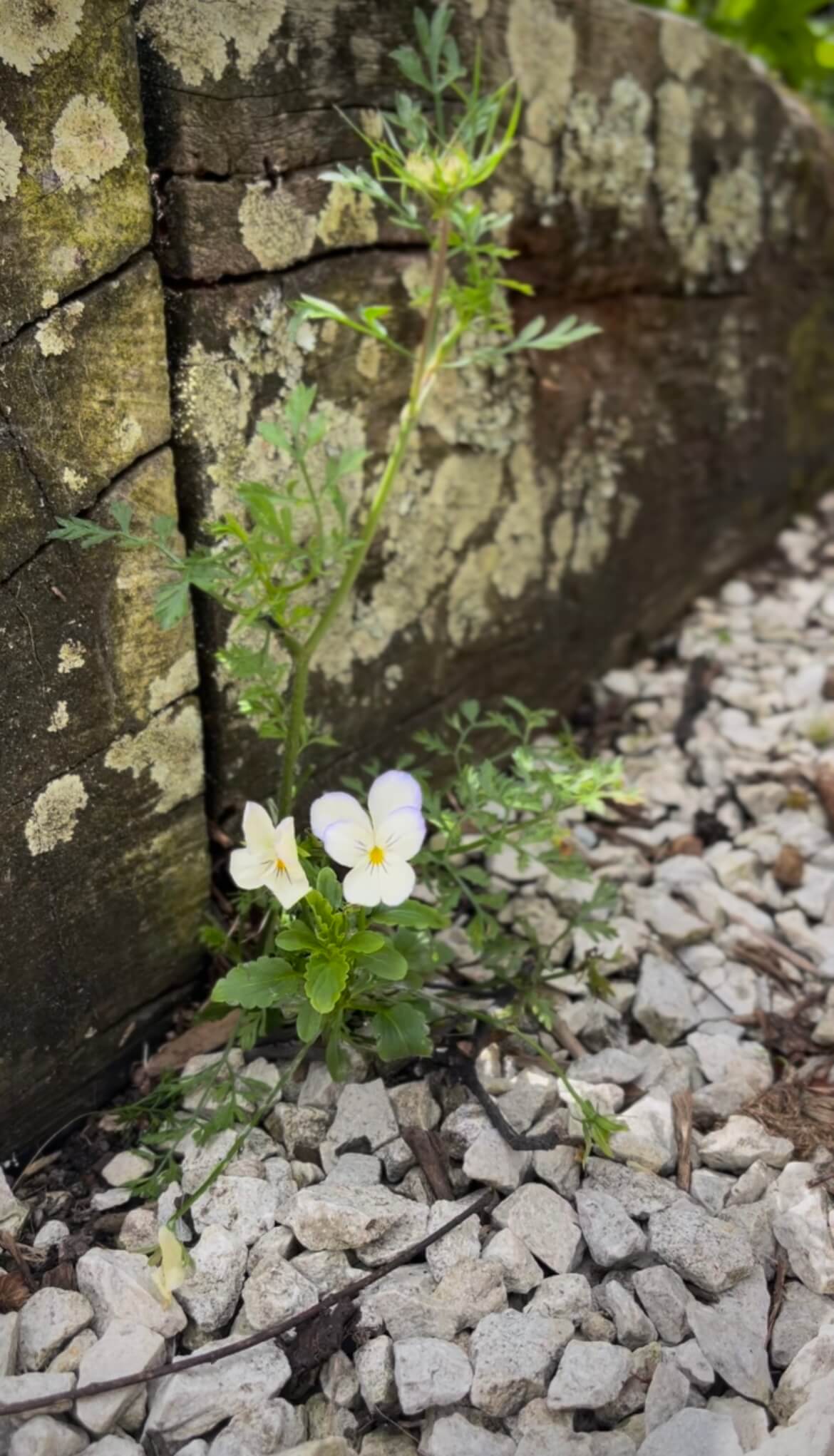
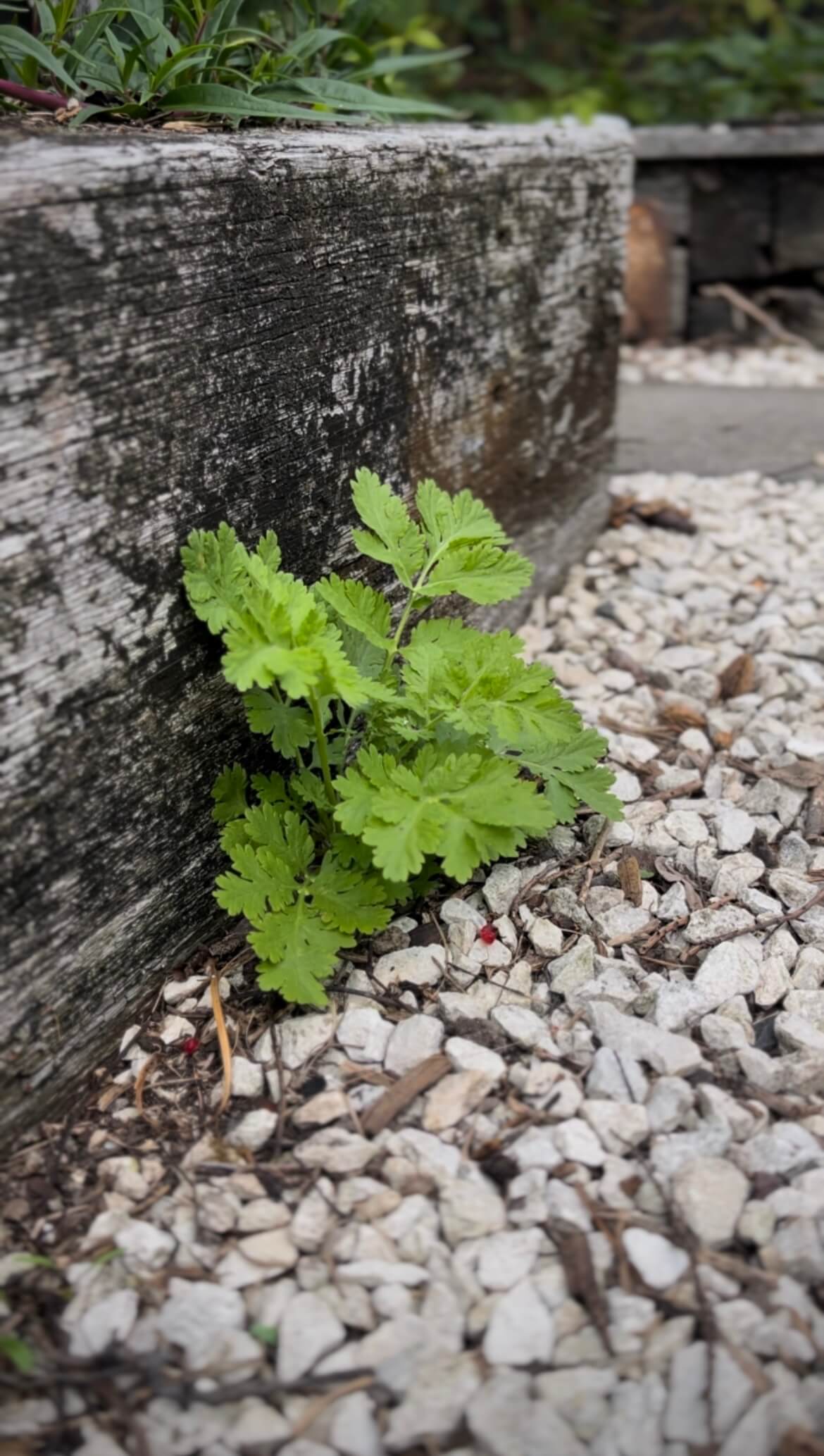
Hardy Annuals
Such as those of us gardeners who fall into the category of hardy souls, willing to get out and potter rain or shine, so are hardy annuals named. Hardy, for their ability and indeed sometimes preference to establish and grow in cool conditions. Annuals, because they carry out their life cycle within the year. They are planted in autumn, to winter-over and produce blooms the following spring and summer.
In my own garden (Ngā Kaupeka), many of spring and summer’s beauties – dara, nigella, calendula, matricaria – are already happily self-seeding and popping up in paths and various corners of the garden. As nature knows best, this is a sure sign that now is a good time to plant seed of these flowers, along with other hardy annual flowers.
The spring that is on the other side of this winter (that we can already start to feel is coming!) is the reason we are to grasp this seed sowing window while we can. The warmth of the ground, the heat still in the sun and the more frequent rain that characterises early autumn means that this time of year is second only to the height of spring in terms of growing magic.
Put a hardy annual seed in the ground now and it should burst into life, establish a good root system and then sit happily as the cold season comes and goes, giving you very strong plants and of course – thinking of spring – earlier flowers.
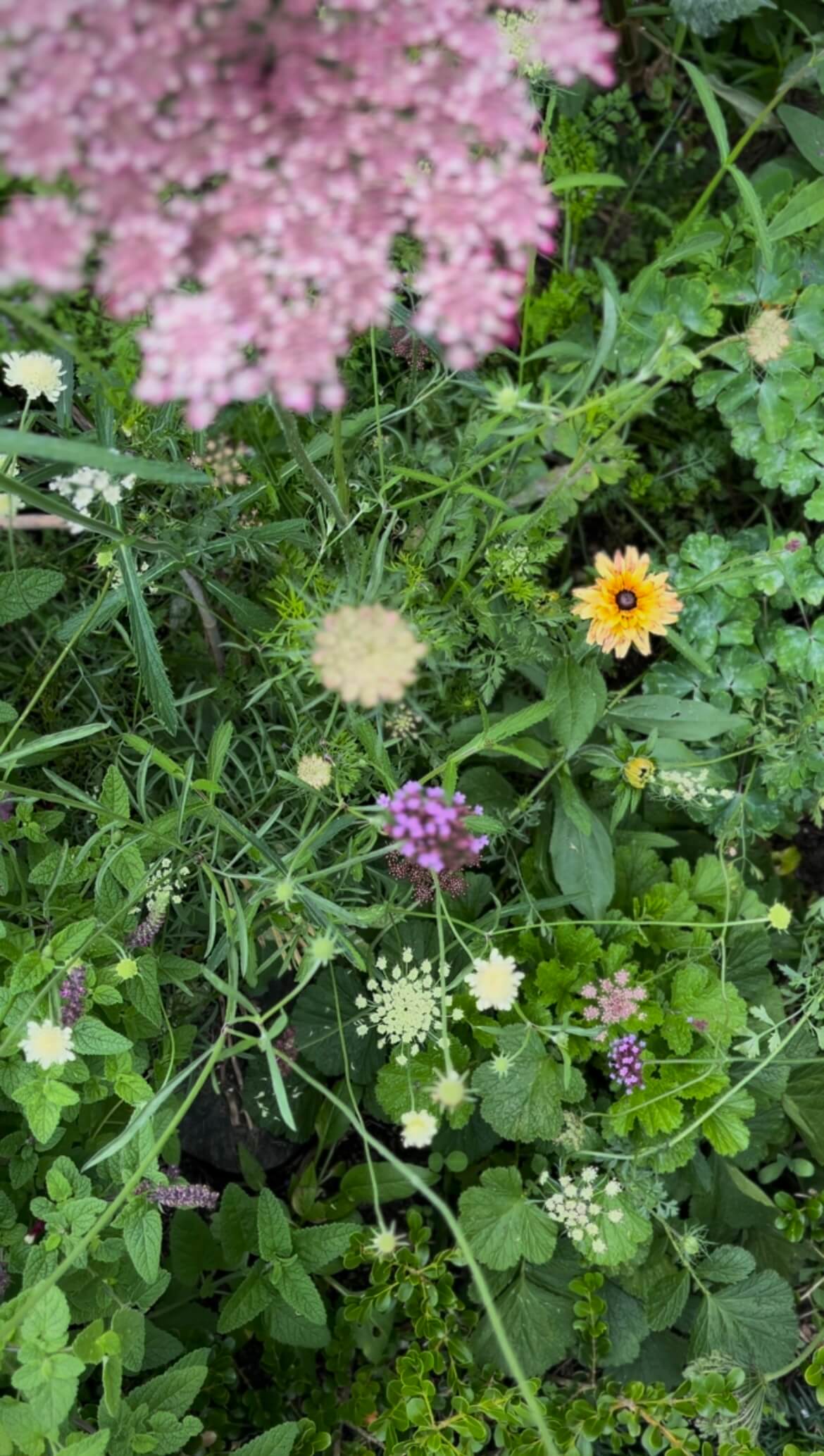
Whether to sow direct or start seed in trays can seem confusing, but there are some simple reasons.
First, some plants don’t transplant well due to a taproot or delicate root system, so are best direct sown. Poppy, nigella, ammi majus and sweetpeas are some examples that prefer to be sown directly.
Second, some seed (e.g snapdragon, pansy) is so tiny, it is virtually like throwing it to the wind to sow it directly. Unless you have dried heads full of tiny saved seed (thank goodness, you glorious poppies!), it is only cost effective to sprinkle that precious gold dust in seed trays.
Third, some seed needs light to germinate (strawflower, larkspur) so some care taken sowing in trays can make it easier to ensure conditions are optimum.
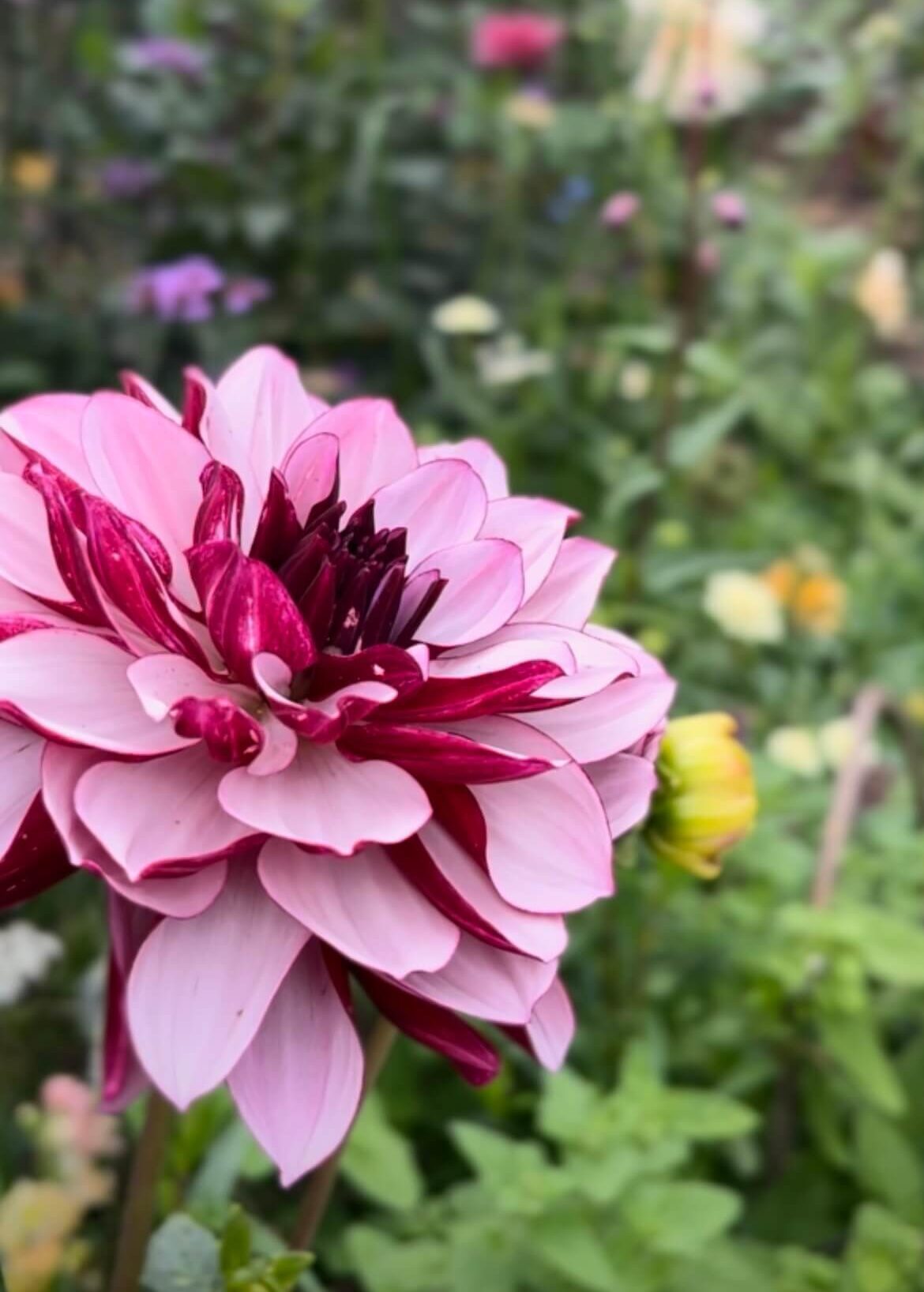
Dahlias, scabious and rudbeckia have weeks of glory left, so finding space for direct sowing may be tricky.
Space in the garden for autumn seed sowing
Direct sowing is clearly the most effortless option. Simply clear the ground of plants and weeds, sprinkle seed, cover lightly and leave to fend for themselves. Hardy, remember.
However this is not such a simple option for those of us who still have beds full of abundance in March and April. The dahlias, scabious and rudbeckia have weeks of glory left. You don’t want to pull them out and light requirements mean you can’t sow underneath them, so the only way to get around this is to sow in pots and then tuck them straight in the ground when at last the catharsis of clearing spent plants is done.
At this point, resist the urge to treat them too kindly by coddling young potted seedlings indoors. This is the opposite of what they need, typically resulting in weak, leggy plants that are particularly prone to damage from pests and diseases. Instead, give them cool bright conditions as soon as they’ve germinated, placing them outdoors. The gardening version of tough love, this will give you much stronger, healthier, more resilient plants. Hardy.
So the question remains. What about those that detest transplant but can’t find real estate in the ground yet? Spring sowing is just on the other side of winter, pals. Better yet, allow those plants to go to seed in your garden next summer, letting them decide for themselves when and where they want to grow.

What to sow, and how:
Seed to sow direct — ammi majus, dara, nigella, orlaya, poppy, spring flowering sweetpea
Seed to sow in trays, then transplant — snapdragon, pansies, strawflower, larkspur
Sow either way — nasturtium, chinese forget-me-not, calendula, matricaria, rudbeckia, scabiosa, stock, viola, honeywort, foxglove (first season flowering varieties)
Further reading: Vegetables & flowers to sow in autumn

Sowing sweet peas (+ sugar snaps & snow peas)
Sweet peas fall into the category of hardy annuals, with a couple of things to note.
According to sweet pea guru Keith Hammett, it’s best to sow spring-flowering types in autumn, while summer-flowering types should be sown from mid-winter in areas with mild winters (northern New Zealand).
Spring and summer types tend to produce sturdier plants with strong basal shoots that quickly take over from the primary shoot. However, both winter and spring strains perform well if sown alongside the summer types.
The timing of flowering is influenced by the length of daylight hours, which varies by season and geographic location. Generally, summer-flowering strains require 12 hours of daylight to initiate flowering, spring-flowering strains require 11 hours, and winter-flowering strains require only 10 hours.
Sweet peas also fall into the category of hardy annuals that detest being transplanted due to a long deep tap root system so direct sowing is preferable. However I have had success planting into both root trainers and toilet rolls (half paper towel rolls even better) which allow for the length their long roots require. It is essential to monitor their growth and transplant as soon as roots show out the bottom.
I have found at Ngā Kaupeka, the birds like to feast on any type of pea tip during the winter months when pickings are slimmer so netting autumn sown peas is essential. Easier said than done with climbing bloomers!

